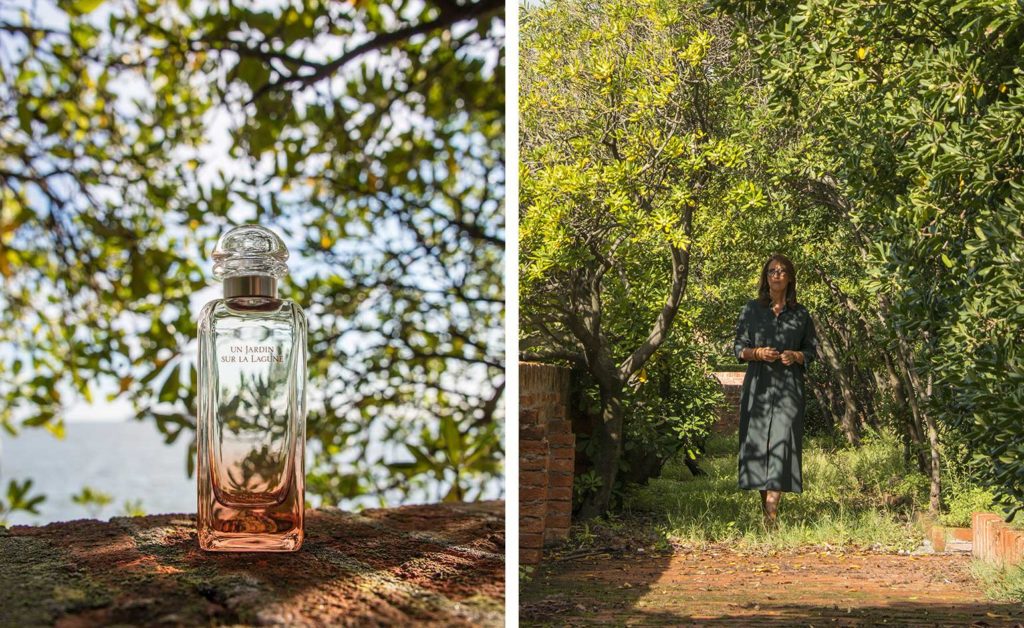The internet has forever changed the way we travel by sight, allowing us to tour the far reaches of Earth that otherwise would be out of our grasp. But luxury goods maker Hermès decided to take remote travel to a new level, this time catering to the nose and unlocking the scent of Venice’s own Garden of Eden.
The Venetian Island of Guidecca is home to a secret garden, one that maintains something of a fabled status and has intrigued curious travels all around the world. So when Hermès needed inspiration for its next house fragrance, the allure and exclusivity of the garden became a clear winner.
Discovering Un Jardin sur la Lagune
The garden was akin to the stuff of legends, but the more that Hermès’ Christine Nagel read about it, the more she knew this garden held the key to the brand’s next fragrance. It took multiple requests and a letter to the president of the foundation that currently stewards the garden to gain access and explore its floral and woody notes.
Venturing into the other-worldly garden was like something out of a fairytale. A door separates the mystical hollow from the rest of the island, and once the threshold is crossed, the feelings of being transported to a new realm abound.

Sharing the Secret Garden’s Scents Around the World
The garden itself is a composite of rich flora, woody trees, and the hanging aroma of sea salt from the nearby lagoon. Nagel recalls that the odor in the garden seemed to come from the sky.
The olfactory sense is the sense that is most closely associated with memory. Nagel used this characteristic to unravel the complex scents she experienced over the course of 18 months and multiple visits to the garden during the development of the new fragrance. Each visit brought new scents for Nagel to play with, as different parts of the year evoked different moments in nature.
The result isn’t just a perfume, but a chance to experience one of the world’s most exclusive hidden spots that not even Google Maps can recreate.
Olfactory emotion: Fresh, Delicate
Main raw materials: Magnolia, Pittosporum, Madonna lily

